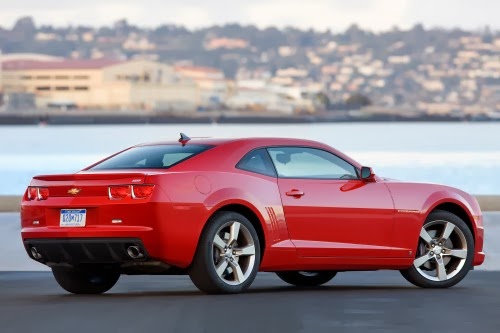BOLD RIDE

Let’s get one thing straight. Cars are not large mobile devices in which to cram as much time and attention-sucking technocrap as possible. Many companies are indeed stuffing cars to the gunwales with the latest tech and it’s starting to piss off customers.
The latest dashboard doodads and virtual parallel parking butlers have proven either irritating or ignored. Worse, these features represent wasted development effort and funding that could be put to better use elsewhere like improved fuel economy, safety, performance or hiring better designers so that we lose some of the lesser detritus on our roads and beautify our driveways.
And in my small, somewhat contrarian way, I questioned this effort, which probably ruffled some feathers.

Was it information that simply could not wait? I got silence. But I stood by my questioning. It’s this kind of critical thinking that is lacking in the proliferation of useless tech in cars and also green-lights production of questionable vehicles that are either redundant or future albatrosses, but that’s another story. (I’m talking to you, BMW X6.)
For sure, there are highly valuable new technologies emerging even in non-luxury cars. Many are safety related, like radar-based cruise control, forward collision warning systems, lane departure warning, night vision, pedestrian and cyclist detection, various cameras positioned to help the driver in close quarters, and speed regulation set by parents for junior drivers.
All genuinely good stuff that provides a real, tangible benefit to the owner, the driver, passengers and even those outside the vehicle.

Now, this technocrap notion has become prophetic. In their first Driver Interactive Vehicle Experience Report, research firm J.D. Power and Associates found that among 4,200 car buyers, about 20 percent of them have not even sampled most of the tech features in their cars.
They either found the feature useless or it was bundled with a larger, mass-option package that you have no choice but to take, therefore becoming the automotive equivalent of U2’s Songs of Innocence, which soiled every iPhone 6 at launch.
Just a quick glance through the J.D. Power research shows that 43 percent of owners never use concierge services such as OnStar. A shocking 35 percent never use parking assistance.
Perhaps no surprise, but no less deflating to product planners, 33 percent have never even looked at the various apps they (perhaps passively) paid for sitting right in their dashboards. Lastly, according to J.D. Power, if these features are not sampled within the first month of car ownership, they’ll never be sampled.
Offering the overwhelming majority of these features in a car is redundant in people’s lives. Smart mobile phones serve these purposes, and people not only know how to navigate through them quickly, they’ve become virtual appendages.

Which brings me to waste, both technological and monetary.
Next to a home, the single biggest purchase most of us will ever make is an automobile. The average new-car transaction price recently hit an all-time high of $ $33,340 in June, according to Kelly Blue Book, up a remarkable $821 from just a year ago. Plus, on average, Americans will buy seven to eight of those new cars in each of our lifetimes. That’s between $233,000 and $267,000 spent on cars, not including peripheral costs like insurance, registrations, repair and maintenance and also not adjusted for future inflation.
As a comparison, the current median sale price of a home in America is $236,400. Even better, once you sell or trade a new car, it loses value, diminished to a small fraction of the new price, while over the long haul, real estate values almost always appreciate.
New cars are a guaranteed money loser, not a winner. Therefore, for most people, the financial significance of car purchases is at least equal to home buying, and sometimes even more important.
And there’s the big, high-minded lesson within a relatively small issue like wasted technology in cars, both for consumers and product planners: Don’t waste money on tech features that will never see use.
CREDITS:
Jim Resnick started his career writing and photographing for Vette, Car Craft and Chevy High Performance magazines. He then launched the BMW-focused Bimmer as Editor-in-Chief, while also holding down the Tech Editor chair at Sports Car International. Jim was then drafted into PR and Marketing roles with Mercedes-Benz, Ferrari, Jaguar Land Rover and ran Communications for Fender Musical Instrument Corporation, bringing a unique perspective to reporting. He’s also a recovering racer and guitarist.














































